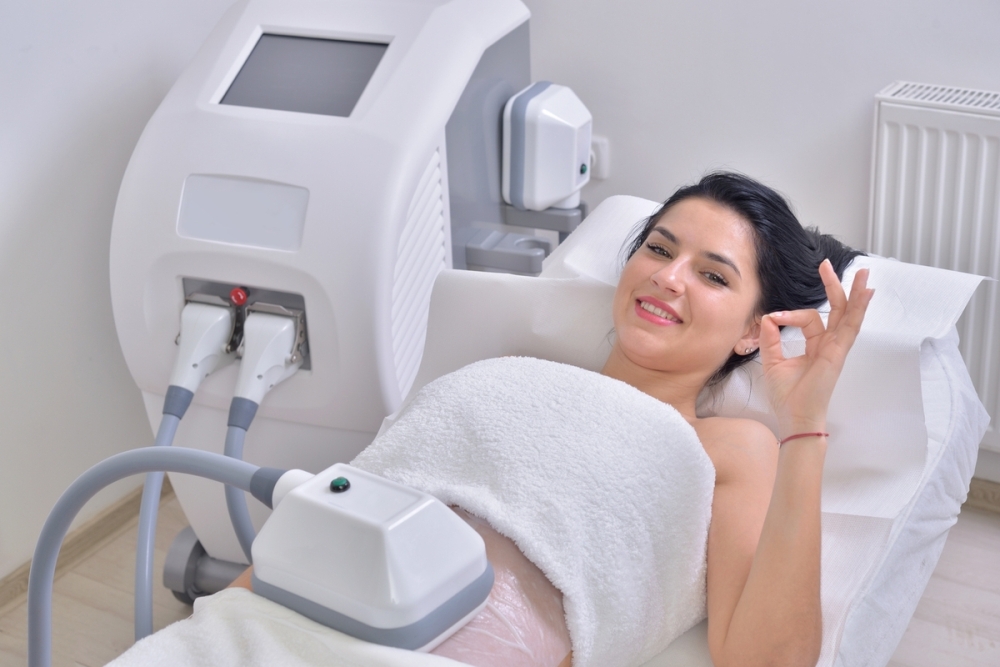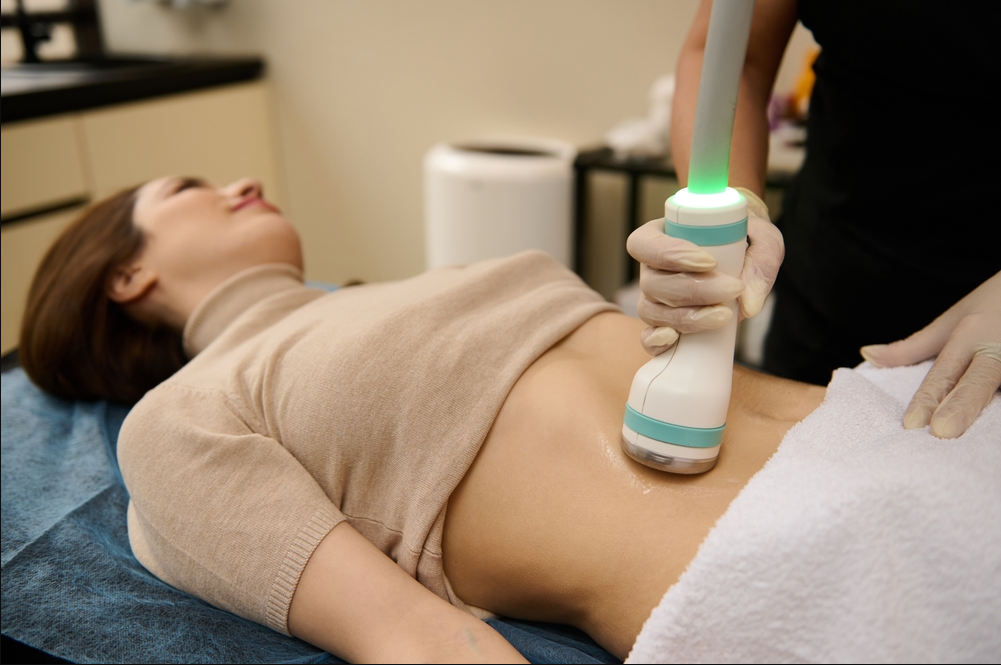Laser liposuction, a modern technique in cosmetic surgery, has gained popularity as a minimally invasive procedure for body contouring. Unlike traditional liposuction, which involves suctioning out fat cells through a cannula, laser liposuction utilizes laser energy to liquefy fat cells before removal. This article explores the various aspects of laser liposuction, including its procedure, benefits, risks, and frequently asked questions.
Read MoreHow Laser Liposuction Works
During liposuction, a thin fiber is inserted into the targeted fat deposits through small incisions. The laser energy emitted from the fiber heats and liquefies the fat cells, making them easier to remove. Additionally, the laser energy can stimulate collagen production, leading to skin tightening in the treated area. Once the fat is liquefied, a small cannula is used to suction out the fat cells, sculpting the desired contour.
Advantages of Laser Liposuction
One of the primary advantages of liposuction is its minimally invasive nature, which typically results in less discomfort, swelling, and downtime compared to traditional liposuction. The laser energy can also promote skin tightening, reducing the risk of sagging skin after fat removal. Laser liposuction also allows for more precise targeting of fat deposits, resulting in smoother and more natural-looking results.
Common Areas Treated with Laser Liposuction
Laser liposuction can effectively target various areas of the body where stubborn fat tends to accumulate. Common treatment areas include the abdomen, flanks (love handles), thighs, arms, chin, and neck. Additionally, liposuction can be used for more specialized treatments, such as gynecomastia (male breast reduction) and lipedema (abnormal fat distribution).
Candidacy for Laser Liposuction
Ideal candidates for liposuction are individuals who are close to their ideal body weight but have localized areas of stubborn fat that are resistant to diet and exercise. It is essential for candidates to have realistic expectations about the outcomes of the procedure. Patients with significant skin laxity may require additional skin tightening procedures in conjunction with liposuction to achieve optimal results.
Procedure and Recovery
The procedure for liposuction is typically performed on an outpatient basis under local anesthesia. Patients may experience some discomfort and bruising following the procedure, but this generally subsides within a few days. Most patients can resume their normal activities within a week, although strenuous exercise should be avoided for several weeks to allow for proper healing.
Risks and Complications
While liposuction is considered safe when performed by a qualified and experienced surgeon, as with any surgical procedure, there are risks and potential complications. These may include infection, bleeding, scarring, uneven contouring, and changes in skin sensation. Patients need to discuss these risks with their surgeon and follow all pre and post-operative instructions carefully to minimize complications.
Long-Term Results
The long-term results of liposuction can be permanent, as the treated fat cells are permanently removed from the body. However, maintaining a healthy lifestyle with proper diet and exercise is crucial to prevent the remaining fat cells from enlarging. Additionally, factors such as aging and weight fluctuations can affect the appearance of the treated area over time.
Cost Considerations
The cost of liposuction can vary depending on factors such as the extent of the treatment area, the surgeon’s experience, and the geographic location of the practice. In general, liposuction tends to be more expensive than traditional liposuction due to the advanced technology involved. Patients should consult with their surgeon to discuss the cost of the procedure and any financing options available.
Choosing a Qualified Surgeon
When considering laser liposuction, it is crucial to choose a board-certified plastic surgeon with extensive experience performing the procedure. Patients should research potential surgeons, review before-and-after photos of their previous patients, and schedule consultations to discuss their goals and concerns. A qualified surgeon will assess the patient’s candidacy for liposuction and develop a personalized treatment plan to achieve the desired results.

Frequently Asked Questions (FAQs)
Is laser liposuction available in Mexico?
Laser liposuction in Mexico provides cost-effective quality. Skilled surgeons offer competitive prices, making it affordable for body contouring. Mexico boasts top-notch medical facilities and surgeons trained in cutting-edge techniques. Patients can recover in a vacation setting, but research for certified surgeons is crucial.
Is laser liposuction suitable for weight loss?
No, liposuction is not a weight-loss procedure. It is designed for body contouring and targeting localized areas of stubborn fat. Candidates should be close to their ideal body weight before undergoing laser liposuction.
Will liposuction leave scars?
Laser liposuction involves small incisions through which the laser fiber is inserted. While these incisions are minimal and typically heal well, there may be some scarring. However, the scars are usually very small and discreet.
How soon can I see results after laser liposuction?
Patients may notice some immediate improvement in the treated area due to swelling reduction, but final results typically become apparent within a few months as the swelling subsides and the skin tightens.
Are the results of laser liposuction permanent?
Yes, the results of liposuction can be permanent, as the treated fat cells are permanently removed from the body. However, maintaining a healthy lifestyle is essential to prevent weight gain and maintain the results.
Can laser liposuction tighten loose skin?
Yes, one of the benefits of liposuction is its ability to promote skin tightening through collagen stimulation. However, patients with significant skin laxity may require additional skin tightening procedures for optimal results.

